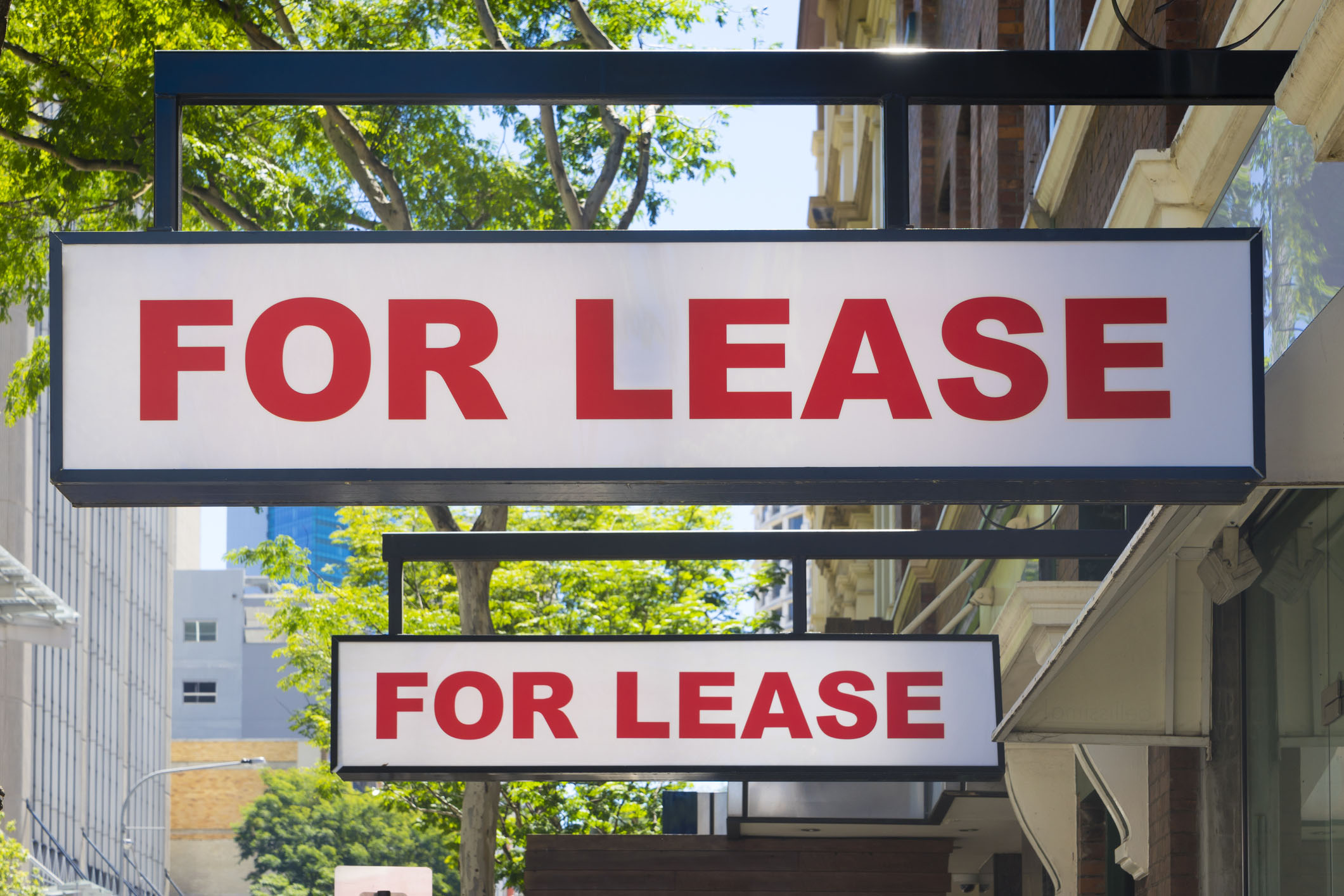
With entire workforces working from home and zooming in and out for meetings with ease many organisations are questioning the need to rent expensive metres of commercial space, says property economist Dr Andrea Blake.
- Backyards rediscovered as lockdown havens will change housing choices
- Commercial space demands likely to diminish significantly
- Open-plan likely to stay but more workers hot desking, working remotely
- Offices likely to allocate more space per worker and be better ventilated for pandemic-proofing
Meanwhile many bricks and mortar retailers who were already experiencing a downturn will close, leaving CBDs and high streets with more 'for lease' signs.
"The COVID-19 crisis has fundamentally changed the way we work and live and our relationship with the built environment," Dr Blake, from QUT Business School, said.
"We will definitely see a rethink and change in commercial property. Although office space is protected by existing leases, significant changes to organisations' way of using space and space requirements are likely.
"It is unlikely we will see a change from open-plan offices but rather a greater focus on hygiene and ventilation in commercial spaces to balance the need for efficiencies and lower costs with pandemic-proofing workspaces.
"Commercial floor space requirements were declining pre-COVID-19 as firms moved to hot-desking, but there won't be a return to designated space for each worker. Instead, we may see more people working remotely and more allocated space per worker in workplaces for hygiene reasons.
"As the inevitable business closures and decreased space needs lower demand for major city commercial space, the question arises how to repurpose this excess space particularly when student accommodation and hotels also lack viability."

Dr Blake said the quality of home internet connections would determine our ability to work and learn from home.
"The true test of successful working from home will be the ability of the internet to support more intense use.
"In Brisbane, for example, it can be patchy and unstable in some suburbs."
Dr Blake said our housing choices could change, with proximity to the CBD no longer being the primary demand driver.
"For many apartment dwellers their tiny, compact living space was a place to sleep and a lifestyle choice to be close to their CBD workplace, in the thick of restaurants, cafes and entertainment precincts," she said.

"People who live in houses are happier at the moment and so we could see a renaissance of suburbia as they rediscover the outdoor space their backyard affords. Suburbia's access to parks, suburban high streets and overall amenity could be the new major driver."
Dr Blake said retail property could potentially be the hardest hit by the COVID-19 crisis.
"The retail downturn saw more shopfronts up for lease and business failures. Some retailers had shifted to online business and many have quickly pivoted to online business, with varying degress of success.
"Reduced demand for goods through job losses and employment uncertainty and no foot traffic, it is likely smaller retailers will disappear as people depend on online shopping from established reputable retailers.
"About the only commercial space doing well at the moment are distribution centres, demand, particularly by the major food retailers, will continue to be strong.
"The only thing that is certain is a period of uncertainty is ahead of us in all facets of life.'






